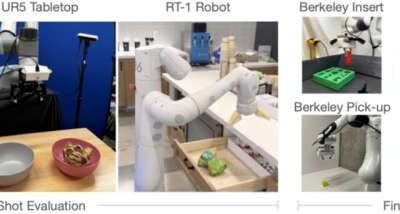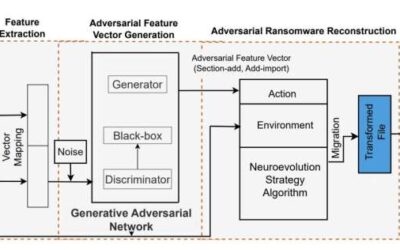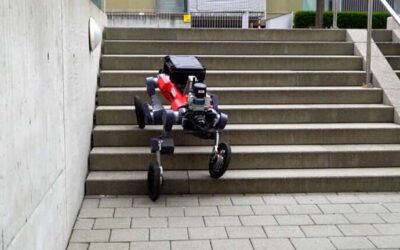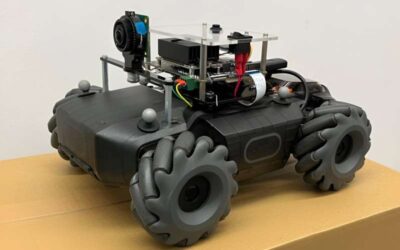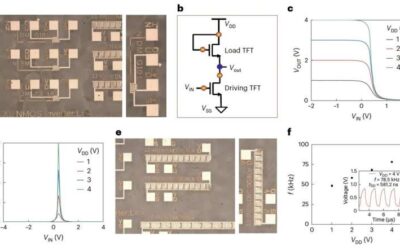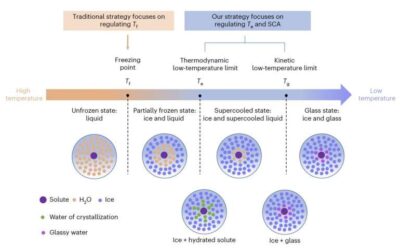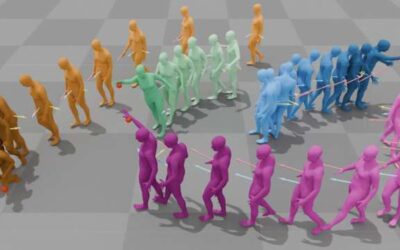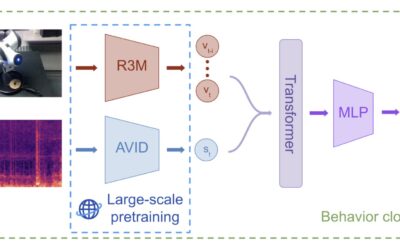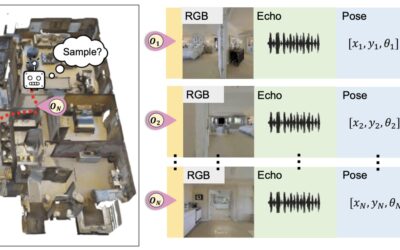The public release of ChatGPT and other large language models (LLMs) has allowed developers worldwide to start experimenting with these models to enhance the interactive capabilities of their own systems. Similar generalizable models for robotic manipulation, however,...
TECHXPLORE
New ransomware attack based on an evolutional generative adversarial network can evade security measures
In recent years, cyber attackers have become increasingly skilled at circumventing security measures and successfully targeting technology users. Developing effective methods to detect, neutralize or mitigate the impact of these attacks is of utmost importance.
Researchers create an autonomously navigating wheeled-legged robot
Fast-moving autonomous mobile robots could help to deliver goods to various locations, helping to tackle disruptions to product supply chains. Nonetheless, wheeled or legged robots alone might not be sufficient to complete deliveries both efficiently and independently.
Research team introduces an agile multi-robot research platform
Teams of robots have the potential of tackling far more elaborate missions than individual robots, for instance, covering long distances faster, visiting different sites simultaneously, or monitoring larger geographical areas. Platforms that combine reliable hardware...
Novel formamidinium lead iodide perovskite n-type transistors have notable field-effect mobilities
Metal halide perovskites, a class of crystalline materials with remarkable optoelectronic properties, have proven to be promising candidates for the development of cost-effective thin-film transistors. Recent studies have successfully used these materials,...
A strategy to design anti-freezing electrolytes for batteries that can operate in extremely cold environments
Battery technologies that can reliably operate at very low temperatures could be highly valuable for a wide range of applications. These batteries could, for instance, power devices, vehicles, and robotic systems in outer space, deep under the sea, and in other...
Data-driven model generates natural human motions for virtual avatars
Humans can innately perform a wide range of movements, as this allows them to best tackle various tasks in their day-to-day life. Automatically reproducing these motions in virtual avatars and 3D animated human-like characters could be highly advantageous for many...
Using contact microphones as tactile sensors for robot manipulation
To complete real-world tasks in home environments, offices and public spaces, robots should be able to effectively grasp and manipulate a wide range of objects. In recent years, developers have created various machine learning–based models designed to enable skilled...
A new approach to efficiently model the acoustics of an environment
Augmented reality (AR) and virtual reality (VR) are designed to artificially reproduce the experience of navigating certain environments. In recent years, videogame and entertainment companies have been producing increasingly immersive content that can be accessed...
An adhering, pure conducting polymer hydrogel for medical applications
The rapid advancement of electronics and artificial intelligence (AI) tools have opened interesting opportunities for the development of technologies for a wide range of applications. These include implantable devices designed to support the treatment of medical...

